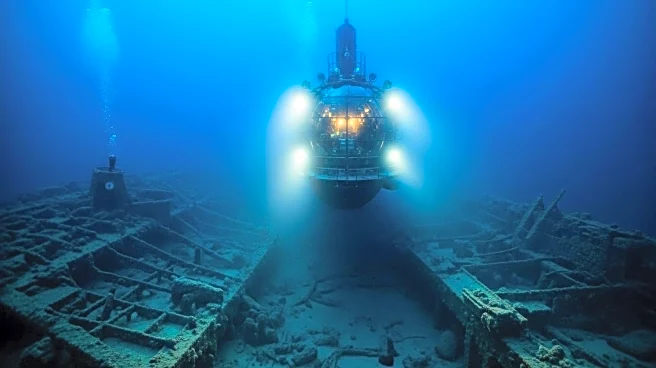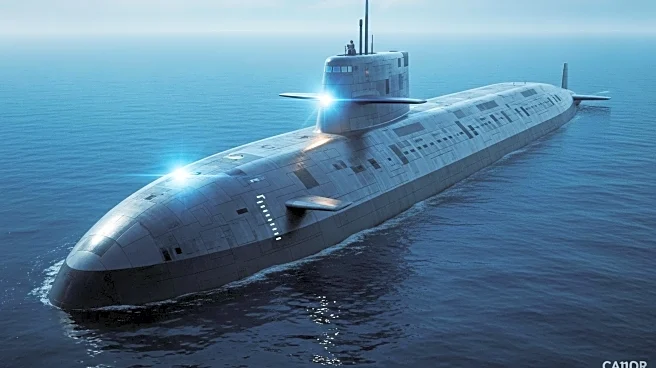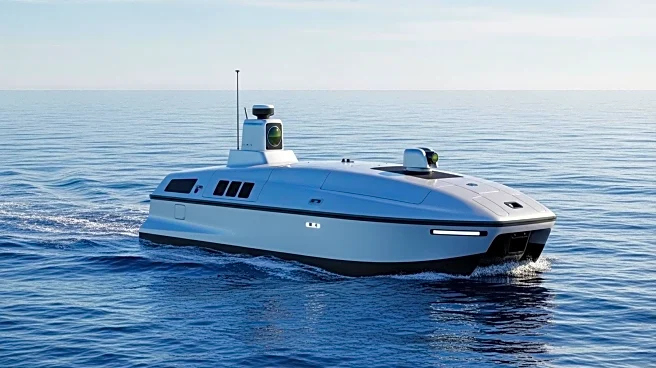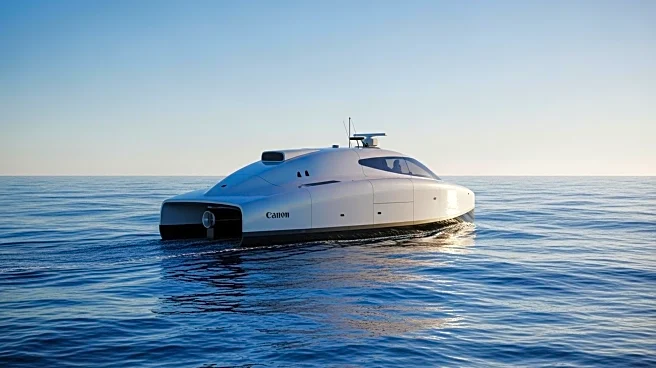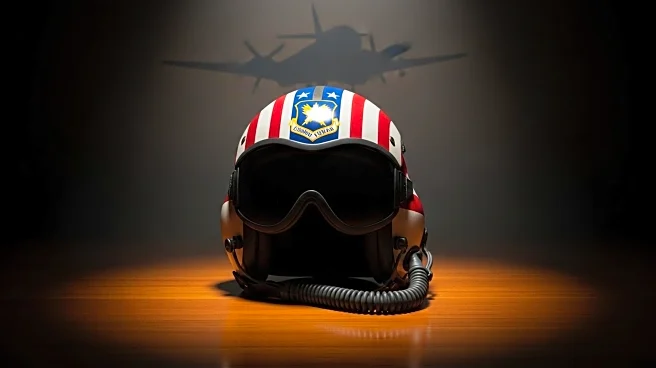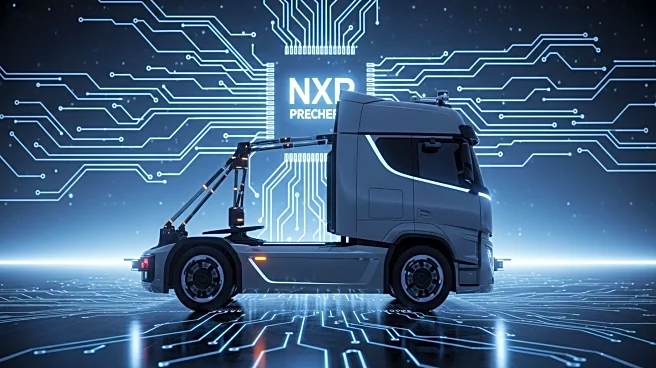What's Happening?
Bob Ballard, the ocean explorer who discovered the Titanic wreck in 1985, continues to search for shipwrecks four decades later. The discovery of the Titanic was initially part of a top-secret military operation funded by the US Navy, which was interested in using Ballard's deep-sea imaging technology for Cold War intelligence purposes. The Titanic's discovery was a significant milestone in ocean exploration, leading to advancements in deep-sea technology and a surge in public interest. Ballard's strategy involved searching for the debris field rather than the ship itself, which proved successful. The discovery has since inspired numerous documentaries, museum exhibits, and high-stakes trips to the wreck site.
Why It's Important?
The discovery of the Titanic marked a pivotal moment in ocean exploration, showcasing the potential of remotely operated underwater vehicles and deep-sea imaging technology. This technological advancement has expanded scientific knowledge of the ocean, allowing for more detailed exploration and understanding of marine environments. The Titanic's discovery also highlighted the importance of strategic thinking in exploration, as Ballard's focus on the debris field rather than the ship itself was key to the mission's success. The ongoing interest in the Titanic continues to drive advancements in underwater exploration technology and inspire future generations of explorers.
What's Next?
Ballard remains active in ocean exploration, recently returning from an expedition in the Solomon Islands to map World War II naval battle wrecks. He envisions a future where uncrewed ships and autonomous underwater vehicles will dominate ocean exploration, allowing for more efficient and comprehensive mapping of the seafloor. Ballard's continued work and advocacy for ocean exploration suggest that significant discoveries are still possible, and his efforts may lead to further technological advancements in the field.
Beyond the Headlines
The discovery of the Titanic not only captivated the public imagination but also raised ethical questions about the preservation of underwater cultural heritage. Ballard has advocated for measures to protect the Titanic wreck from further erosion, suggesting the use of protective paint applied by underwater robots. This approach highlights the intersection of technology and conservation in ocean exploration, emphasizing the need to balance scientific discovery with the preservation of historical sites.
